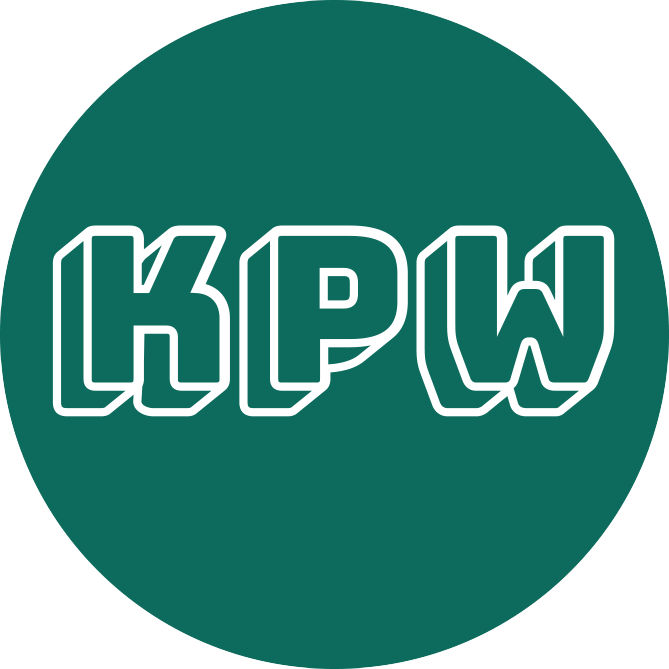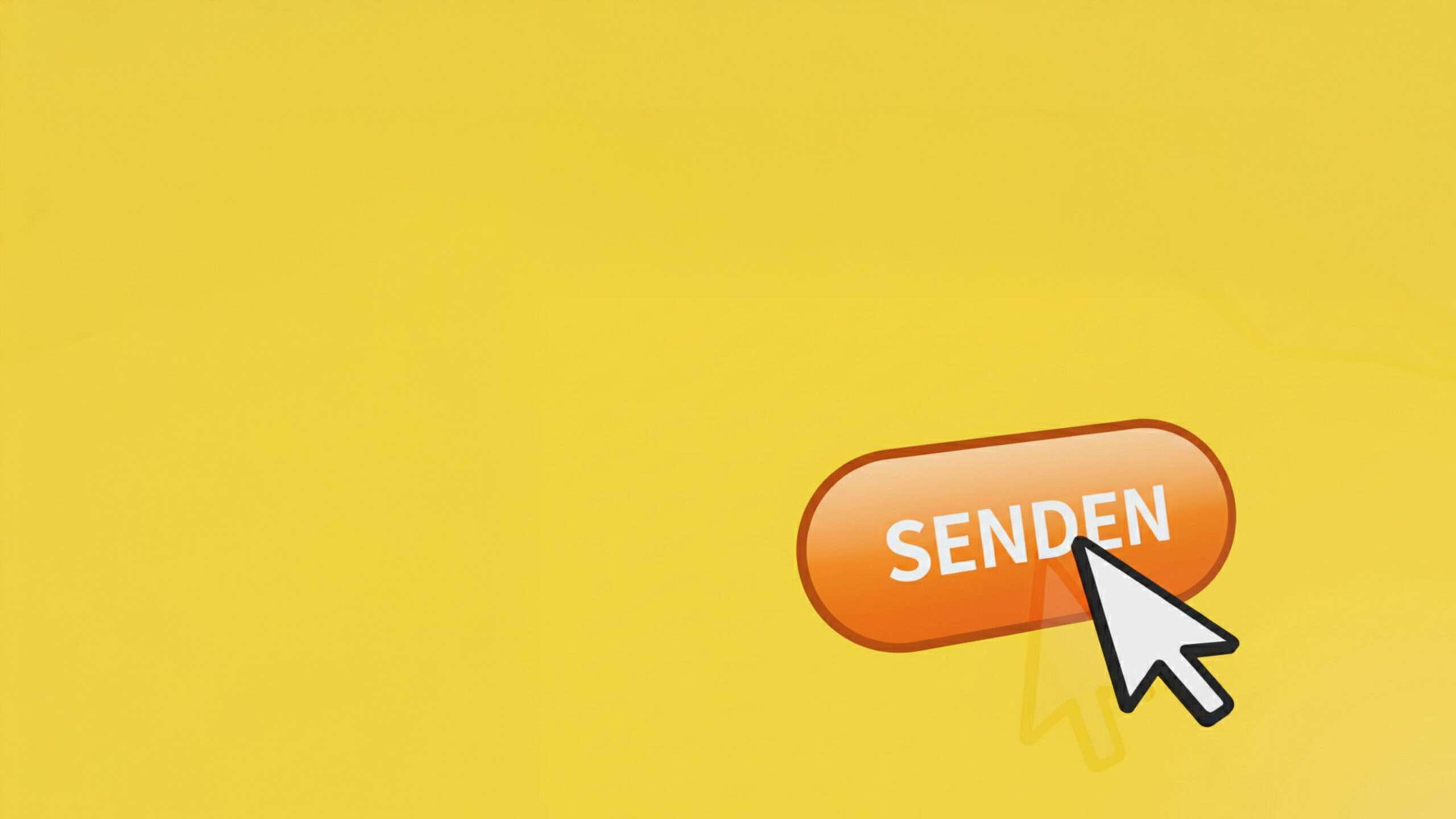
Patents
secure
Inventions.
Patents
secure
Inventions.
Patent law protects your innovations: Rely on our expertise to defend your registered patents and utility models against imitation and unauthorized use and to resolve legal conflicts at an early stage.
Attorneys at law for utility model law
and patent law
Utility model and patent law protects technical innovations and developments from unauthorized use by third parties. In particular, patents and utility models offer protection against imitation and enable companies to make exclusive use of their technical developments. As attorneys for utility model and patent law, we support companies in the enforcement and defense of these rights.
Patent law protects inventions and innovations, promotes creative progress and secures exclusive benefits for inventors and companies by preventing unauthorized imitations and infringements of their rights.
Companies benefit from a clear legal framework that protects their innovations from theft and unauthorized use. However, utility model and patent law can be complex and demanding, as it places specific requirements on the defense and enforcement of rights. Without professional support, it is often difficult to effectively secure and defend these rights. Conflicts often arise not only from deliberate patent infringements by competitors, but also from unintentional infringements or misunderstandings in the application of property rights.
INfobox
Attorney
or
patent attorney?
What is the difference between an attorney and a patent attorney? How are the tasks divided between the two professions in intellectual property law?
We work together with external patent attorneys on a basis of trust. For example, when it comes to filing applications for technical property rights or infringement and nullity proceedings relating to patents and utility models, the technical and scientific know-how of patent attorneys is usually indispensable.
attorney
- An attorney has studied law.
- He has legal expertise, usually also in general contract and procedural law. As a rule, however, an attorney does not have extensive technical expertise.
- He can advise and represent clients in all legal matters out of court, in court and before the patent and trademark offices.
patent attorney
- A patent attorney has completed a technical or scientific degree and has subsequently completed additional training to become a patent attorney.
- He has technical or scientific expertise, usually primarily in the field he has studied. As a rule, however, he does not have in-depth knowledge of general civil law or legal matters beyond intellectual property law.
- He advises and represents clients with regard to industrial property rights, in particular in the application and defense of property rights before the patent and trademark offices and in proceedings before the patent courts. IN infringement proceedings, however, the patent attorney can only represent clients in court together with an attorney.
Prerequisite for utility model and patent protection
The prerequisite for both forms of protection is that it is a technical invention that is also new and industrially applicable .
An invention is a technical teaching that represents a concrete solution to a technical problem and goes beyond the state of the art.
Novelty means that the invention has not yet been disclosed in any way – for example by publication or public use – before the filing date and is therefore not yet part of the generally accessible state of the art.
Colloquially, utility models are referred to as “petty patents”. However, this should not lead to the assumption that these are subject to lower requirements than patents. Case law has expressly stated that, despite the different wording of the laws relating to inventions, the requirements for inventive step are the same as for patents.
How protection is created
Utility model and patent protection arises through application and examination at the responsible patent office. For Germany, this is the German Patent and Trade Mark Office (DPMA). At European level, there is the European Patent Office (EPO) for obtaining the European patent and the European unitary patent. After successful examination, protection is granted by filing an application. International patent protection is applied for via the Patent Cooperation Treaty (PCT) system at the WIPO .
Info box
Patent
vs.
Utility model
Both protect technical inventions that must be new and industrially applicable.
A utility model offers fast and inexpensive protection for technical inventions. It is examined for formal requirements, but not for novelty and inventive step.
A patent requires a comprehensive examination by the Patent Office with regard to novelty, inventive step and industrial applicability.
Patent
- Registration: The Patent Office examines in detail whether the invention is new, inventive and industrially applicable.
- Term of protection: Maximum 20 years from the filing date.
- Fast availability: As there is no need to check the content, the registration process is generally faster and cheaper than with a patent.
- Enforcement: Patent owners can take more effective action against third parties in the event of infringements, as the patent has already been examined for validity in the examination procedure.
Utility model
- Registration: Is only examined by the patent office for formal requirements; there is no comprehensive examination for novelty and inventive step.
- Term of protection: Maximum 10 years from the filing date
- Processing time and costs: Issuance may take longer and involve higher costs, but offers solid protection in the long term.
- Challengeability: Can be subsequently attacked relatively easily by third parties for legal validity, for example with the objection of lack of novelty or lack of inventive step.
Utilization options
Owners of patents and utility models have the opportunity to use their protected invention themselves and secure an exclusive market position. They can make it more difficult or even prevent competitors from entering certain market segments. They can also sell, bequeath or license their property rights. By transferring a license, a third party is granted the law to use the invention and the licensor receives royalties for this.
Far-reaching consequences of injuries
Patent and utility model infringements can have far-reaching legal and financial consequences. From compensation for damages and claims for information to product recalls and even the destruction of products – the consequences should not be underestimated. In practice, infringements are often caused by:
- Manufacture and sale of patented products: If someone manufactures, sells or offers a product that uses the patented features of an existing patent without the consent of the patent holder, this constitutes patent infringement.
- Use of a patented process: If a person or company uses a process that is protected by a patent without a license from the patent holder, this is also an infringement of patent law.
- Import of patented products: If a product that infringes the features of a patent is imported into the country, this may also be considered a patent infringement, even if the product was not manufactured domestically.
- Use of patented components in own products: If someone uses a patented component or patented technology in their own product without having the license from the patent holder, this may also constitute infringement.
- Infringement by imitation: There are often cases in which a product or process is deliberately designed to imitate the patented scope of protection of an existing invention without consulting the patent holder.
Received a cease and desist letter?
How to react
You are best advised to
cease and desist letter!
A cease and desist letter, e.g. for infringement of competition law, industrial property rights or copyright, should always be taken seriously, as it can have considerable legal and financial consequences.
Timely and professional advice is crucial in order to minimize risks and develop the right strategy.
- Check cease and desist letter: Have the cease and desist letter legally checked. Not every cease and desist letter is justified, formally correct and abusive cease and desist letters are unlawful.
- Observe the deadline: Be sure to respond within the set deadline to avoid further legal action such as an injunction or a lawsuit.
- Check the cease-and-desist declaration: Do not sign a pre-formulated cease-and-desist declaration without legal advice. It could be too far-reaching and lead to considerable and lasting disadvantages. Once a cease-and-desist declaration has been signed, it is almost impossible to get rid of it and can result in considerable follow-up costs in the form of high contractual penalties.
- Strategy: Regardless of whether the cease and desist letter is justified or not, you should consider the right strategy for responding to the cease and desist letter with professional support. Many aspects play a role here. For example, there may be formal errors or the submission of a cease-and-desist declaration may involve incalculable risks.
Our expertise in utility model and
patent law
If you have already applied for a patent or utility model, we can provide you with professional support. This includes in particular
- Advice on the exploitation and licensing of patents
- Advice on and drafting of contracts for licensing
or exploitation of patents - Extrajudicial and judicial enforcement of
utility model and patent rights against
infringements - Legal representation in opposition proceedings and
in nullity actions before the competent
patent offices and courts
We are happy to
advise you about
Patent law!

Our team
on patent law
Our team
on patent law
Key laws on the
Utility model and patent law
Key laws on the
Utility model and patent law

- Patent Act (PatG)
- Ordinance on Proceedings in Patent Matters before the German Patent and Trademark Office (PatV)
- Act on International Patent Conventions (IntPatÜbkG)
- Utility Model Act (GebrMG)
- Ordinance on the Implementation of the Utility Model Act (GebrMV)
- Semiconductor Protection Act (HalblSchG)
Frequent
Questions About the
Patent law.
Frequent
Questions About the
Patent law.
What is a patent in the legal sense?
A patent grants its owner an exclusive law for a specific invention. It protects technical solutions that are new, inventive and industrially applicable.
The owner may exclude others from the manufacture, use and sale of the products that are the subject of the invention. In return, the inventor must disclose the invention in detail in order to promote the progress of technology.
What is a utility model in the legal sense?
A utility model grants its owner an exclusive law for a specific invention. It protects technical solutions that are new, inventive and industrially applicable.
Colloquially, they are referred to as “petty patents”. However, this should not lead to the assumption that lower requirements are placed on the utility model. Case law has expressly stated that, despite the different wording of the laws relating to inventions, the requirements for inventiveness are the same as for patents.
Any third party is prohibited from manufacturing, offering, placing on the market or using a product which is the subject of the utility model or either importing or possessing it for the aforementioned purposes without the consent of the proprietor.
How do you obtain utility model or patent protection?
In order to obtain patent or utility model protection, the inventor must first document his invention in detail and submit the necessary applications to the patent office. In the case of a patent, the inventive step, novelty and industrial applicability must be proven. The application includes a precise description of the invention, possibly with drawings, and is checked for formal and substantive requirements.
The hurdle for a utility model is lower, as there is no verification of inventive step, novelty and industrial applicability, which speeds up the registration process, but at the same time offers less protection, as the existence of these requirements can be challenged by others at a later date.
The positive examination is followed by entry in the register. However, protection only comes into effect when the utility model or patent application is published in the Patent Gazette. From this point in time, however, protection is retroactive from the date of application.
How long are utility models and patents protected?
The patentee’s right to protection and prohibition comes into force upon publication of the patent grant in the patent gazette. From this point in time, the owner enjoys the exclusive law to use the protected invention and to exclude third parties from using it.
The patent remains valid for a maximum period of 20 years, starting on the day after the application is filed. In order to maintain protection, the owner must pay annual maintenance fees during this period. At the end of the 20 years, the patent expires and the invention falls into the public domain so that it can be used by anyone without restriction. Utility models can be maintained for a maximum of ten years.
When is an invention “new”?
An invention is considered new if it is not part of the state of the art. The state of the art comprises all knowledge that was available to the public worldwide in every conceivable way before the application for the invention in question was filed.
This can be done in various ways, such as through written or oral presentations, use or exhibitions. Written presentations include, for example, books and specialist journals. Oral use may include presentations at conferences or meetings. Information published by the inventor himself also counts as prior art.
When is an invention based on an inventive step?
An invention is deemed to involve an inventive step (so-called inventive step) if it is not obvious to a person skilled in the art from the prior art.
In concrete terms, this means that from a technical point of view, an invention must represent more than a simple modification or combination of already known technical concepts. This requirement is intended to ensure that mere modifications or combinations of existing teachings are not covered by patent protection, but that only genuine, innovative inventions that represent significant technical progress receive legal protection.
When is an invention “industrially applicable”?
An invention is considered to be industrially applicable if its subject matter can be made or used in any industrial field, including agriculture.
This means that the invention must be practically applicable in industry, trade or agriculture. It must therefore be usable in an industrial context, which includes both the manufacture of products and the application of processes. It does not matter whether it is a large industrial company or a small business – the decisive factor is that the invention has a practical economic benefit. Agricultural applications such as innovative cultivation methods or machines for the production of food or raw materials also fall into this category.
Services
Our services










